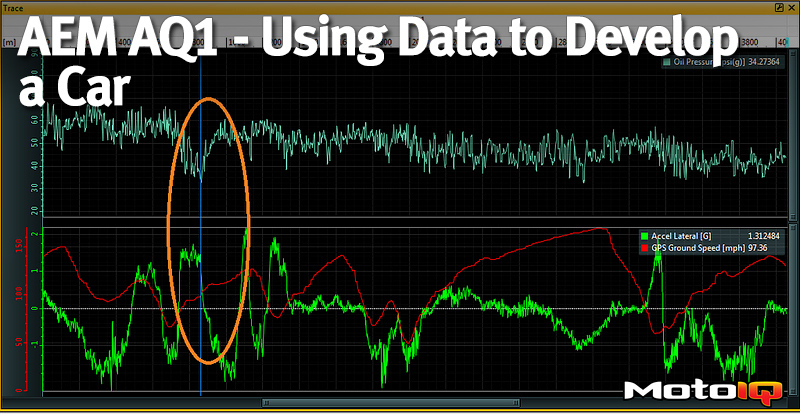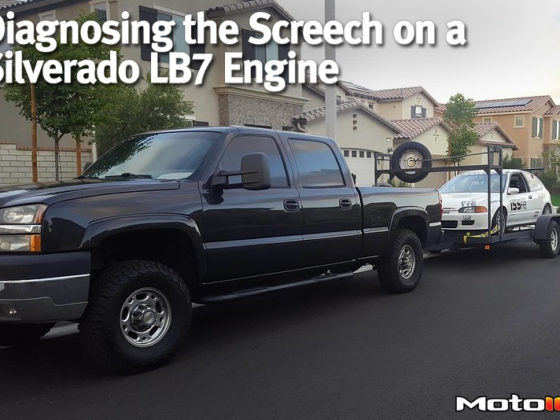
AEM AQ1 – Using Data to Develop a Car
by Ramitha Edirisinghe
The goal of this series of write-ups is to show how powerful data logging can be for race teams, and how AEM’s line of data acquisition products gives access to this to the grassroots racer at an affordable price point. In the first section we went over the various features of the AEM AQ1 and what they meant. In this section, we’ll go over how the Jager Racing Team uses data acquisition to improve both Mark’s driving and the development of the car. In Section 3 we’ll go over lessons we learned while using the AEM AQ1, and how we installed the system on our car. Usually it is rare that a race team will publish race data, as that is part of the competitive advantage. However, we hope that by showing some of our data we can show the great power and value behind the AEM AQ1 for the grassroots racer.
Read Part 1 of our AEM AQ-1 Series
Jager Racing is based in Southern California near the Willow Springs Raceway. For this reason we consider the Big Willow track at the raceway our “home” track and it is what we use to benchmark developments on the car. We tend to race at this track quite often and collect a lot of data on this track. Before diving into the data analysis content lets go over some specifics of this track. The track consists of 9 turns, and is generally known as a high speed track. The official Willow Springs International Raceway website gives this description of the track:
- Turn 1: “Castrol corner” is a 90 degree high speed left-hander.
- Turn 2: “The Rabbits Ear” is a double apex sweeper
- Turn 3/4: “The Omega” is an uphill and downhill section with camber change, this is the most technical segment of the layout
- Turn 5: A quick left-hander that sets up for the fastest sections of the track
- Turn 6: “Monroe Ridge” is a gradual bump. It is common for fast riders on higher powered motorcycles to life the front wheel over this downhill section. A good line and drive through this turn is essential for a good lap time.
- Turn 7: “Repass Pass” – a slight bend in the track.
- Turn 8: High speed right hand corner. The lead in to this turn is the fastest section of the racetrack and coupled with the turn itself- probably the most critical for a good lap time. It is also the fastest turn on any racetrack west of the Mississippi River.
- Turn 9: Decreasing radius right hander, with a big dip right before the apex. A good line through this turn is crucial for top speed on the front straightway to the start/finish line.



Now that we’ve laid out a description of Big Willow, let’s get into the data.
Using Data from the driver’s perspective:
I recently sat down with Mark Jager to figure out what is important for him when he is looking at data to improve his driving. We took a look at data comparison from two laps of a recent session at Big Willow to evaluate how he could improve his driving in the future.
Turn 1:
For turn 1, Mark focuses on the following:
- An adequate braking zone. Based on the logged data, and braking zone reference on video, can he brake later and still enter at a desirable entry speed?
- Mid corner speed. How does the entry speed into turn 1 affect mid corner speed? Can the speed here be increased?
- How is the car reacting at the minimum corner speed?
- When does he get back on throttle, and how does this affect sector time and speeds into turn 2?



